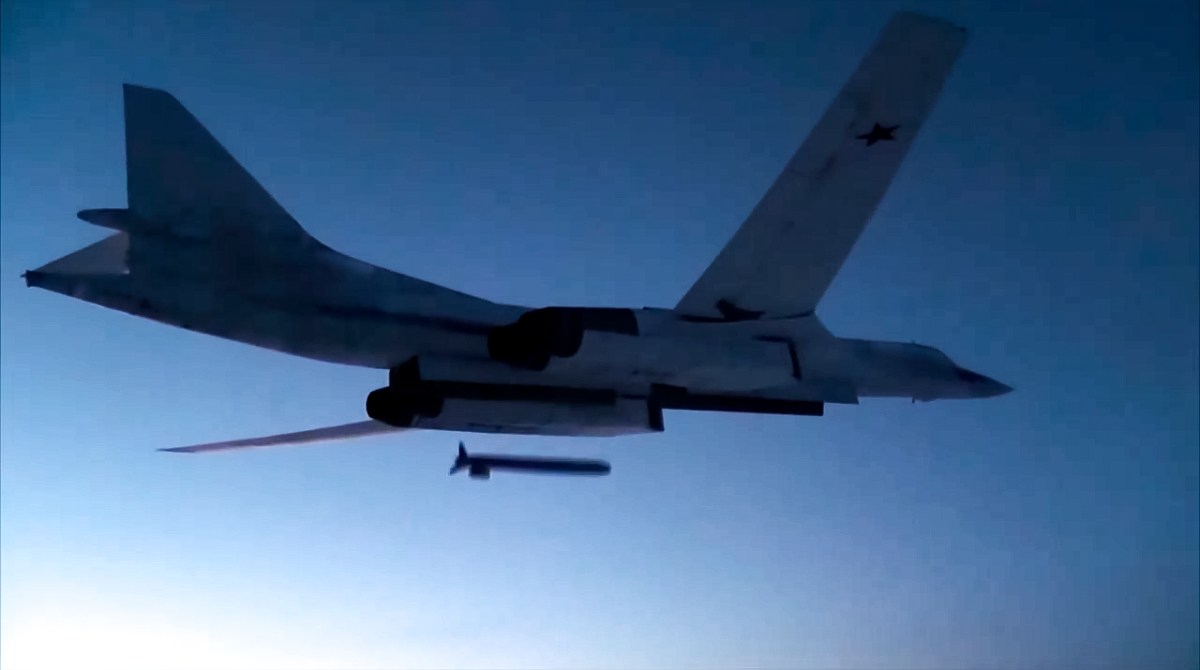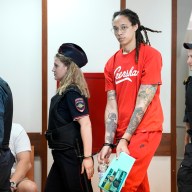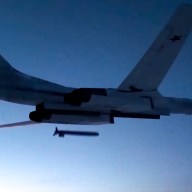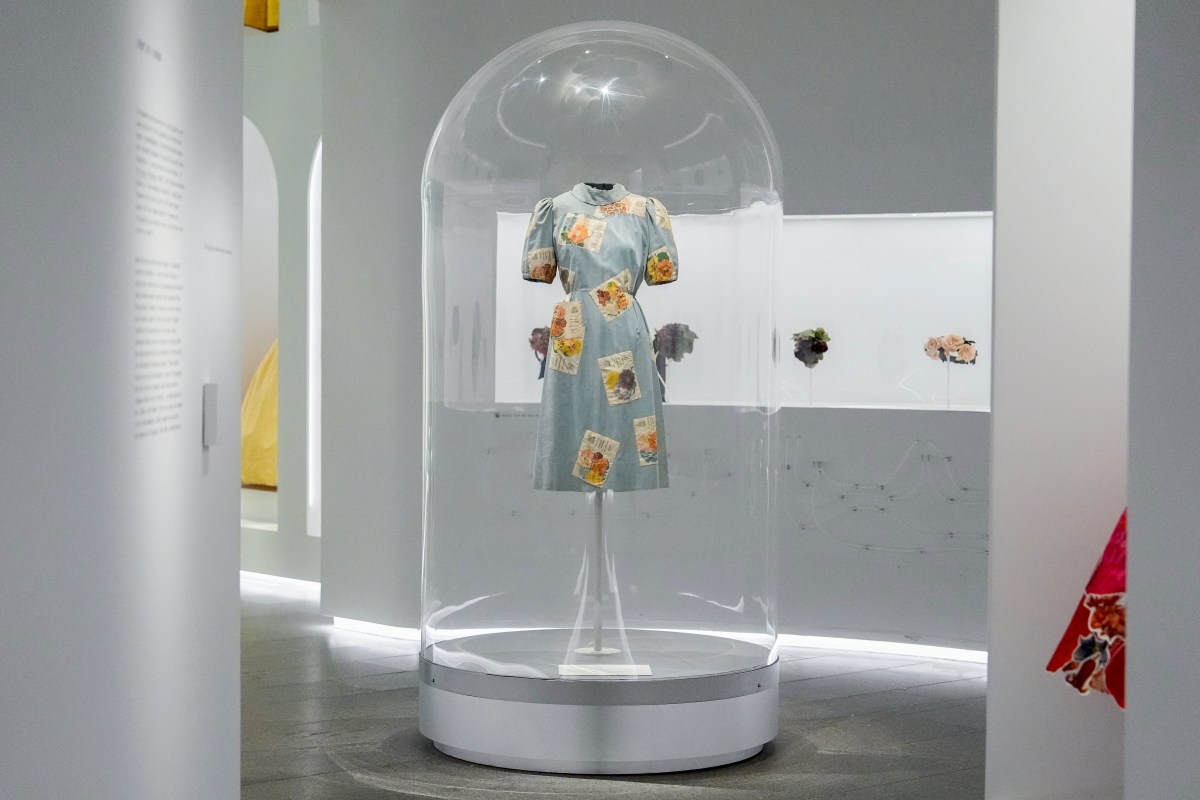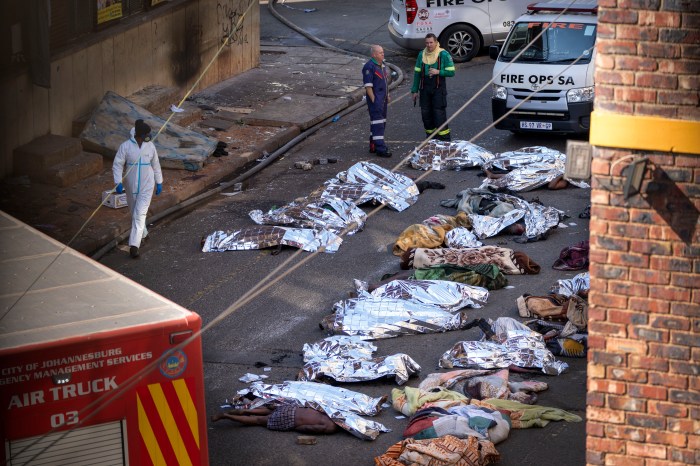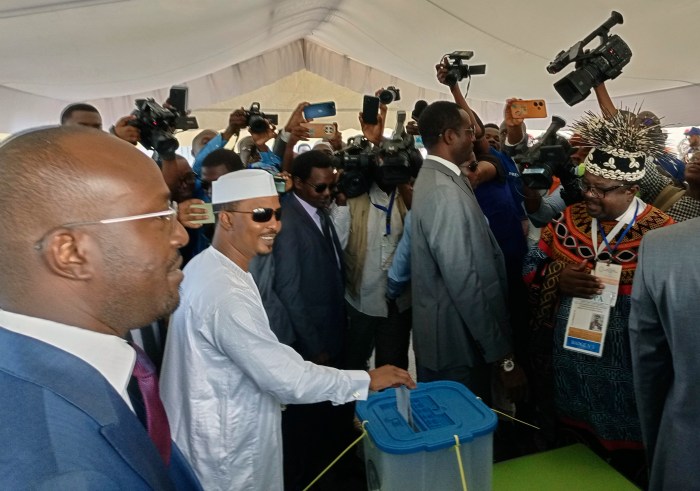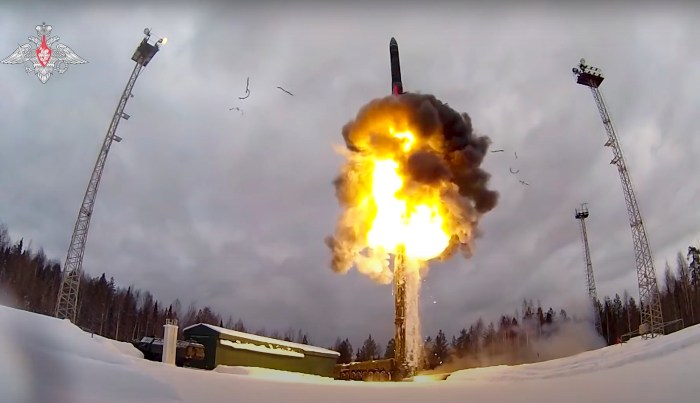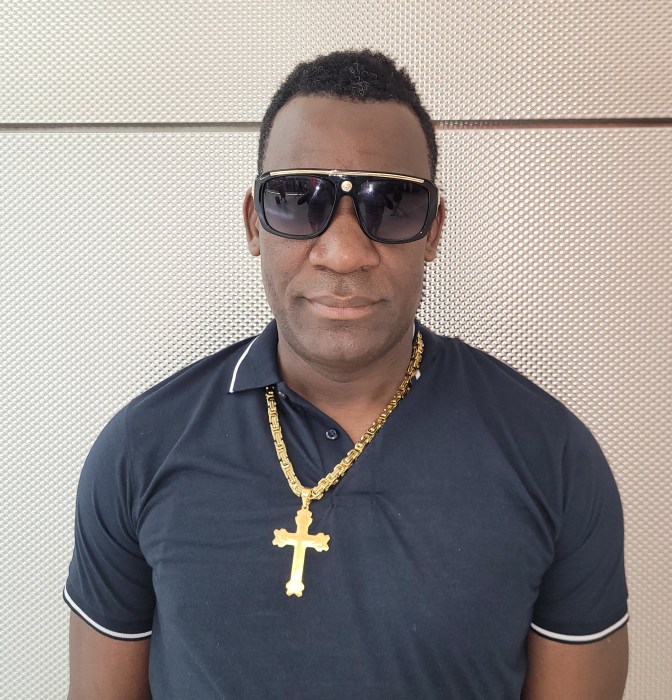Russia’s Defense Ministry said Monday that the military would hold drills involving tactical nuclear weapons — the first time such an exercise has been publicly announced by Moscow.
A look at tactical nuclear weapons and the part they play in the Kremlin’s political messaging.
Unlike nuclear-tipped intercontinental ballistic missiles that can destroy entire cities, tactical nuclear weapons for use against troops on the battlefield are less powerful and can have a yield as small as about 1 kiloton. The U.S. bomb dropped on Hiroshima during World War II was 15 kilotons.
Such battlefield nuclear weapons — aerial bombs, warheads for short-range missiles or artillery munitions — can be very compact. Their small size allows them to be discreetly carried on a truck or plane.
Unlike strategic weapons, which have been subject to arms control agreements between Moscow and Washington, tactical weapons never have been limited by any such pacts, and Russia hasn’t released their numbers or any other specifics related to them.
Since launching the full-scale invasion of Ukraine on Feb. 24, 2022, Russian President Vladimir Putin has repeatedly reminded Western nations about Moscow’s nuclear might in a bid to discourage them from increasing military support to Kyiv.
Early on in the war, Putin frequently referenced Moscow’s nuclear arsenal by vowing repeatedly to use “all means” necessary to protect Russia. But he later toned down his statements as Ukraine’s offensive last summer failed to reach its goals and Russia scored more gains on the battlefield.
Moscow’s defense doctrine envisages a nuclear response to an atomic strike or even an attack with conventional weapons that “threaten the very existence of the Russian state.” That vague wording has led some pro-Kremlin Russian experts to urge Putin to sharpen it to force the West to take the warnings more seriously.
Putin said last fall that he sees no reason for such a change.
“There is no situation in which anything would threaten Russian statehood and the existence of the Russian state,” he said. “I think that no person of sober mind and clear memory could have an idea to use nuclear weapons against Russia.”
Last year, Russia moved some of its tactical nuclear weapons into the territory of Belarus, an ally that neighbors Ukraine and NATO members Poland, Latvia and Lithuania.
Belarus’ authoritarian president, Alexander Lukashenko, had long urged Moscow to station nuclear weapons in his country, which has close military ties with Russia and served as a staging ground for the war in Ukraine.
Both Putin and Lukashenko said that nuclear weapons deployment to Belarus was intended to counter perceived Western threats. Last year, Putin specifically linked the move to the U.K. government’s decision to provide Ukraine with armor-piercing shells containing depleted uranium.
Neither leader said how many were moved — only that Soviet-era facilities in the country were readied to accommodate them, and that Belarusian pilots and missile crews were trained to use them. The weapons have remained under Russian military control.
The deployment of tactical nuclear weapons to Belarus, which has a 1,084-kilometer (673-mile) border with Ukraine, would allow Russian aircraft and missiles to reach potential targets there more easily and quickly, if Moscow decides to use them. It has also extended Russia’s capability to target several NATO allies in Eastern and Central Europe.
Follow the AP’s coverage of the war at https://apnews.com/hub/russia-ukraine

